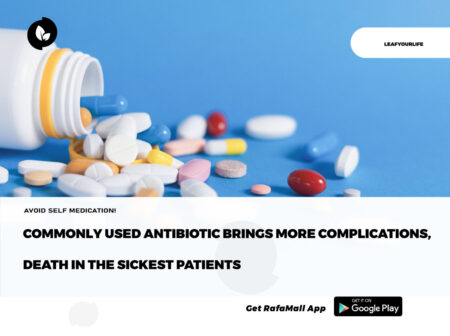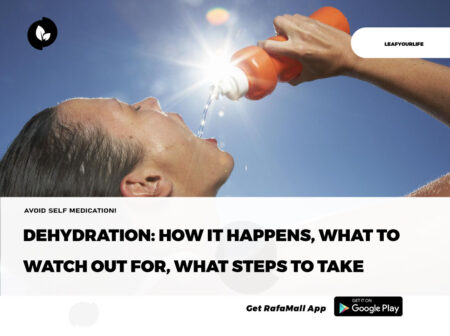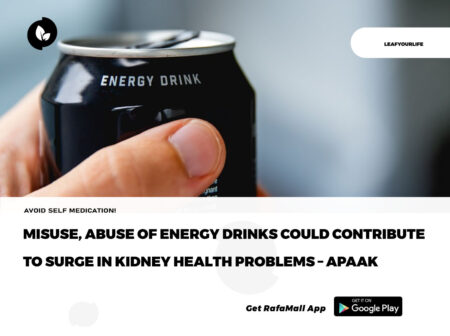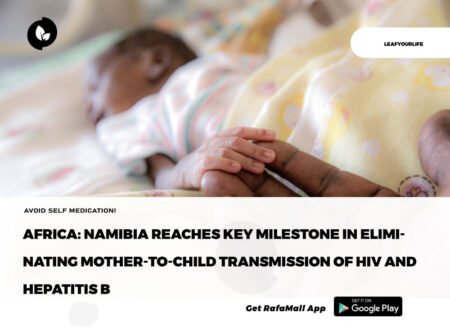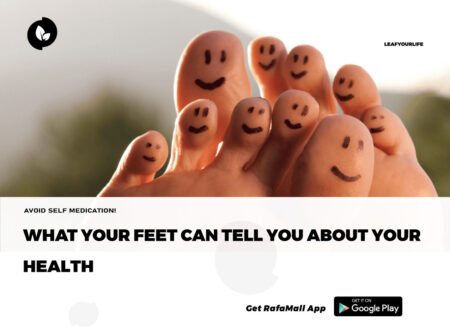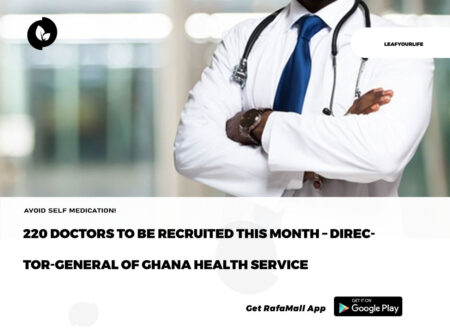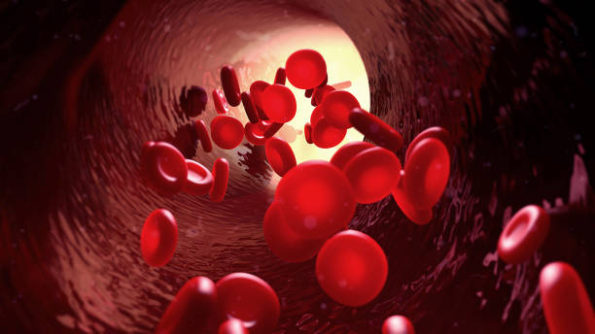
By Vanessa Caceres Published on March 16, 2022
Hemoglobin is a protein in your red blood cells that transports oxygen from your lungs to the rest of your body and removes carbon dioxide from the lungs. The body is able to make hemoglobin through iron, a natural mineral found in red blood cells.
Having low hemoglobin can hurt the body and could lead to serious health issues, including heart problems. When the cause of low hemoglobin is low iron levels, the condition is called iron deficiency anemia.
This article will review the causes, symptoms, and treatment of low hemoglobin and will describe what you can do to help prevent your hemoglobin levels from getting too low.
There Are Different Types of Anemia
There are different types of anemia. Iron deficiency anemia is just one type of anemia. Pernicious anemia, aplastic anemia, and hemolytic anemia are some of the other types.1
:max_bytes(150000):strip_icc():format(webp)/GettyImages-12843700091-253f50e8d3064e5fbded92ec73183bb1.jpg)
Causes of Low Hemoglobin
There could be a few reasons why you may have low hemoglobin, including:23
- You have a diet low in iron: You get iron from the foods you eat, but not all of that iron is absorbed by your body. A diet low in iron can lead to iron deficiency anemia.
- You have had recent gastrointestinal surgery that has led your body to poorly absorb iron.
- You have had heavy menstrual bleeding.
- There is ongoing bleeding in your gastrointestinal tract from colon cancer or an ulcer.
- There is bleeding in your gastrointestinal tract caused by the overuse of aspirin or nonsteroidal anti-inflammatory drugs (NSAIDs) like Aleve (ibuprofen).
- You have donated a lot of blood.
- Your body recently has gone through major changes, such as a pregnancy or, in children, a growth spurt.
Risk Factors for Low Hemoglobin
Some people are at greater risk for low hemoglobin. They include:1
- Infants ages 6–12 months
- Children with lead in their blood (lead blocks the body’s ability to make hemoglobin)
- Teens
- Adults aged 65 and older
- People with cancer, celiac disease, or chronic kidney disease
- People with a genetic blood disorder
- Pregnant people
- People with heavy bleeding during their periods
- Vegetarians or vegans
Symptoms
Symptoms of low hemoglobin include:45
- Body aches
- Brittle nails
- Chest pain
- Feeling dizzy or fainting
- Feeling weak
- Having cold hands and feet
- Having a fast heartbeat
- Having a sore or swollen tongue
- Headache
- Irritability
- Pale skin
- Shortness of breath
- Trouble concentrating
- Trouble sleeping
- Wanting to eat items like dirt or ice
Treatment
The symptoms of low hemoglobin are similar to the symptoms caused by many other medical problems. That’s why it is important to see your healthcare provider if you have these symptoms to determine the true cause.
To help diagnose and then treat iron deficiency anemia, your healthcare provider will order a blood test called a complete blood count (CBC) that can measure your hemoglobin level. They will likely perform a physical exam and perform other diagnostic tests, as well.
Treatment of low hemoglobin will depend on your age, the severity of your low hemoglobin, and the cause. Typically, there are a few treatments available for iron deficiency anemia, including:1
- Iron supplements taken orally a couple of times a day: This is the most common treatment for iron deficiency. Always check with your healthcare provider before using iron supplements. Let them know if you experience side effects, such as vomiting or diarrhea.
- Iron therapy that delivers iron through a blood vessel: This is more common for severe iron deficiency anemia. It also is more commonly used in those with iron deficiency anemia who also have chronic conditions such as celiac disease or kidney disease.
- Red blood cell transfusions: These can raise the number of red blood cells and iron in your blood.
- Surgery that stops the bleeding that is leading to iron deficiency anemia: Your healthcare provider also may perform procedures like an upper endoscopy (EGD) or colonoscopy to find the cause of bleeding.
Your healthcare provider also may talk to you about adding more iron-rich foods to your diet. These include:6
- Beans and legumes
- Fish
- Leafy greens like collards and kale
- Meat
- Poultry like chicken and turkey
- Tofu
Consuming more foods that are rich in vitamin C, such as citrus fruits, can improve your iron absorption.1Diet for Managing Iron Deficiency Anemia
Preventing Low Hemoglobin Levels
It isn’t always possible to prevent low hemoglobin. When you have preventable iron deficiency anemia, the most effective preventive moves include:7
- Consuming more foods with iron: Most people with iron deficiency need 150–200 milligrams (mg) per day of iron.8
- Making healthy food choices in general: Eating foods like leafy green vegetables (such as kale, spinach, and romaine lettuce), beans, and lean proteins helps your body to get iron and other vitamins that it needs.
- Talking to your healthcare provider if you experience unusual blood loss: This can include heavy periods or blood in your stool.
- Talking to your healthcare provider if you use calcium pills: This is because the body has a harder time absorbing iron with calcium. Your healthcare provider may suggest another way to get calcium.
Which Type of Calcium Supplement Is Best?
Do I Have Low Hemoglobin?
If you have some of the symptoms of low hemoglobin, you may not necessarily have this problem. There are many symptoms associated with low hemoglobin that accompany several other health conditions, as well. The best approach is to see your healthcare provider for additional help and testing.
Normal, Low, and High Hemoglobin
You can find out your hemoglobin level through a blood test. Here is information on normal, low, and high hemoglobin levels:
- Normal hemoglobin level: 13.2–16.6 grams per deciliter (g/dL) for males and 11.6–15 g/dL for females
- Low hemoglobin level: Any levels lower than 13.2–16.6 g/dL for males and 11.6–15 g/dL for females
- High hemoglobin level: Any levels lower than 13.2–16.6 g/dL for males and 11.6–15 g/dL for females
Causes of Abnormal Hemoglobin Level
Summary
Low hemoglobin that’s caused by low iron levels is known as iron deficiency anemia. Not getting enough iron in your diet is the most common cause of low hemoglobin. Symptoms of low hemoglobin include headaches, fatigue, and pale skin. Treatments for low hemoglobin include iron supplements, iron therapy, and surgery. Adding more iron-rich foods to your diet is also important.
A Word From Verywell
Having a low hemoglobin count can be serious, especially if it’s low enough to cause fainting, weakness, and shortness of breath. Thankfully, low hemoglobin is highly treatable with various supplements, therapies, and lifestyle modifications. If you have low hemoglobin, work with your healthcare provider to determine what is causing it and find a treatment plan to help you manage it.
Source: verywellhealth.com

